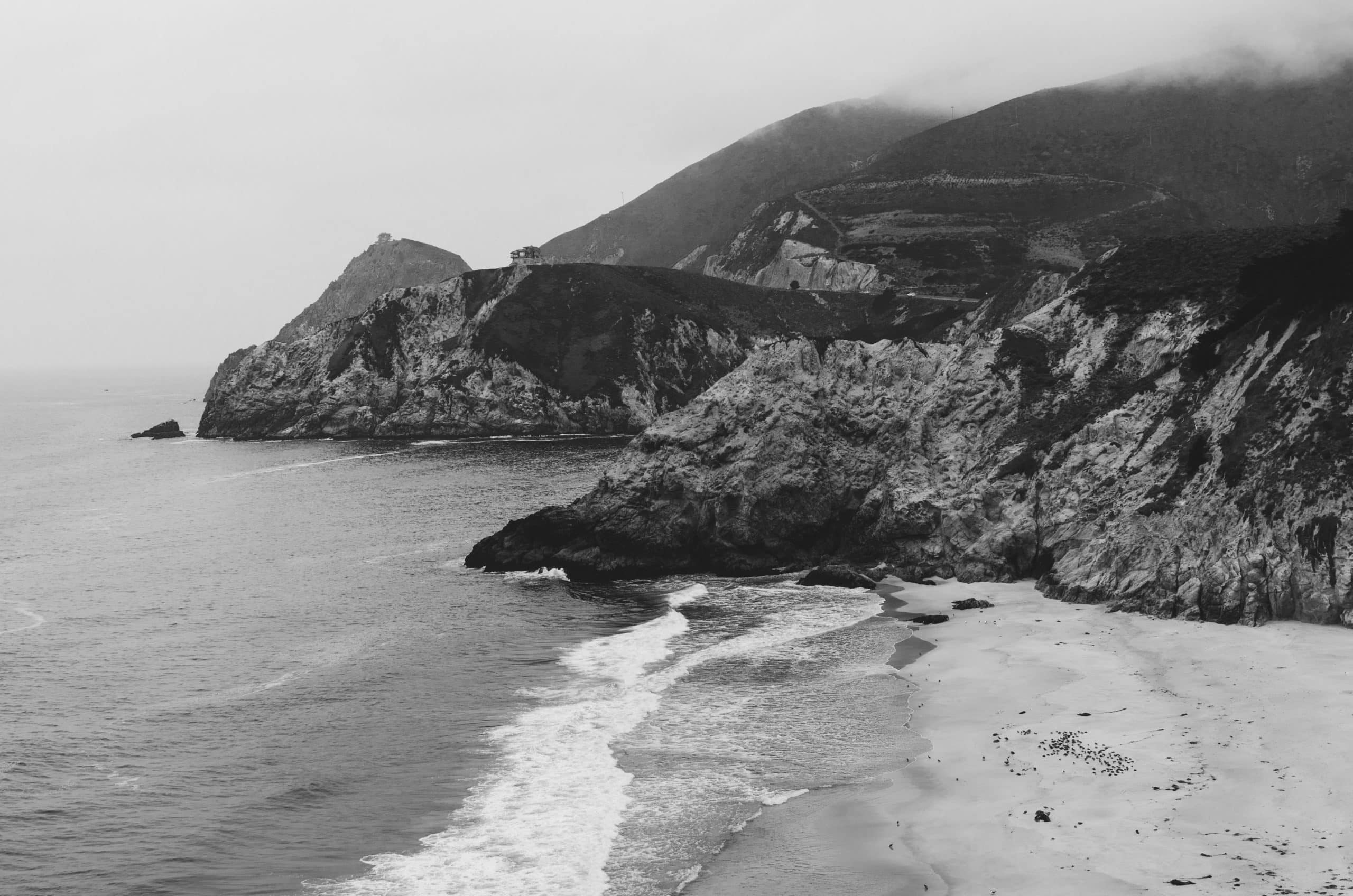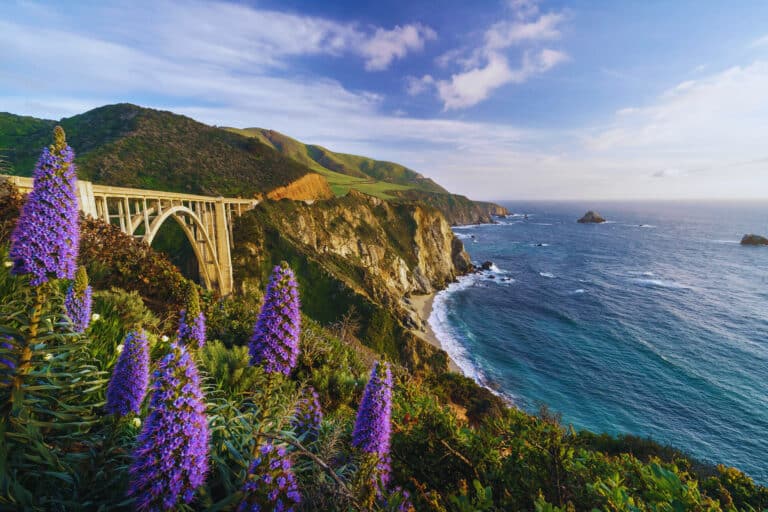Does It Snow In Big Sur?

It rarely snows in Big Sur. On average Big Sur gets about three inches of snow a year, but that’s mostly up in the mountains. If you really want to catch snow here, aim for November through March. That’s your window.
What Is Big Sur Like In Winter?
Winter in Big Sur is pretty chill. Temperatures hover between 40º to 65ºF from November to March. December through February are the wettest and coldest months.
But here’s the thing: most of that precipitation is rain, not snow. Visiting in winter has its ups and downs.
It’s quieter, so you get more of the place to yourself, which means cheaper places to stay. The downside? You might run into some road closures thanks to storms, and it can get pretty chilly, especially with the fog adding to the cold.
Things To Do In Big Sur In Winter
On top of the serene winter experience, Big Sur offers a unique opportunity for whale watching.
During the winter months, the California gray whales make their migration south to the warmer breeding grounds off the coast of Baja California.
This migration brings them close to the shores of Big Sur, offering a fantastic chance to observe these majestic creatures in their natural habitat.
The peak season for whale watching is from December through February, when the whales travel southward, and then again as they return north with their calves from February through April.
For the best experience, book a whale watching tour or find a high vantage point along the Big Sur coast and bring binoculars.




